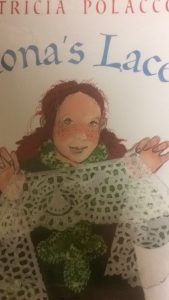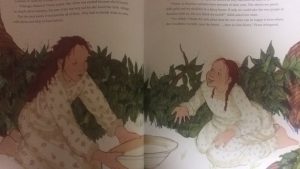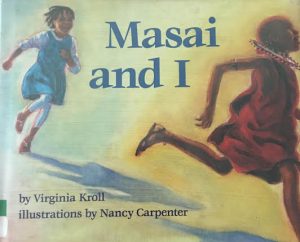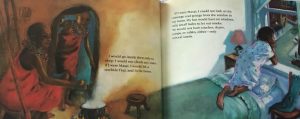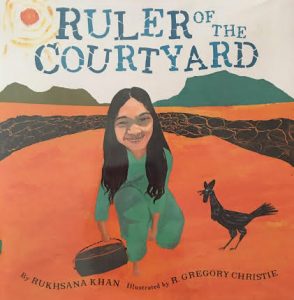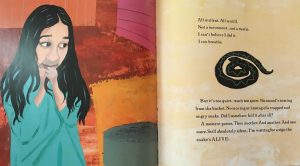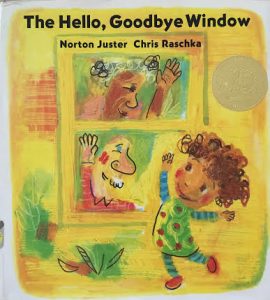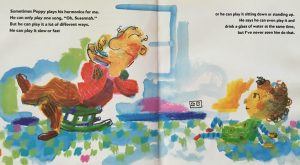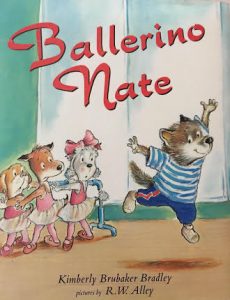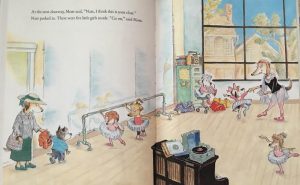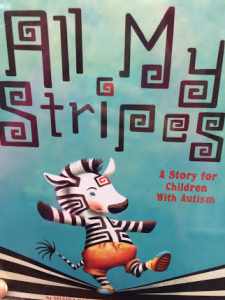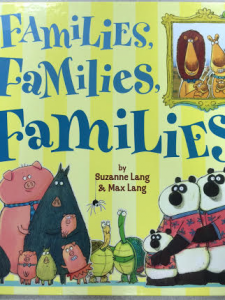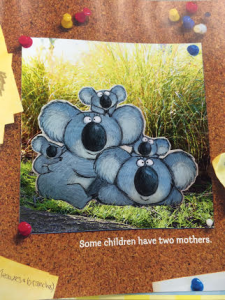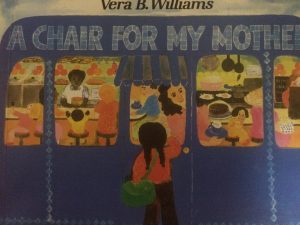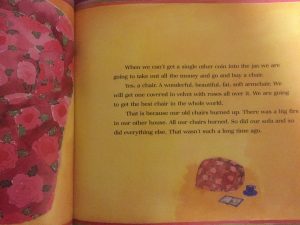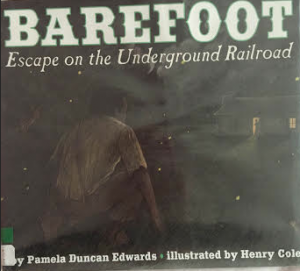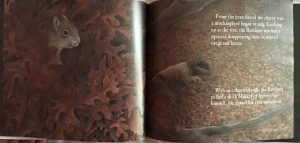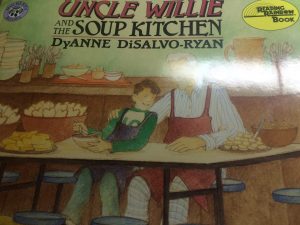
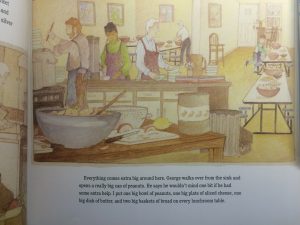
Author/Illustrator: Dyanne Disalvo-Ryan
Publisher/Year: Mulberry Books 1991
Number of Pages: 29
Genre: Fiction
Analysis
A boy learns to understand how to help those who are in need while he helps out one day with Uncle Willie at the soup kitchen.
This story is very informative. It is a window that teaches children about the functions of soup kitchens and how they help feed many homeless people or those who can’t afford to eat.Many children have not ever seen a homeless person up close before and might have questions about them. This story, told through the eyes of the boy, shows children how to help those who might be in need. The soup kitchen is open to anyone who is hungry and the boy learns a little more about those who are homeless. He learns that some people do not have homes to go to after work, and some don’t even have jobs. He also learns that most people come to the soup kitchen because they cant afford to buy food to feed themselves or their families. This story could also be a mirror to kids who might know someone who is homeless, or even themselves be homeless. Or it could be a mirror to kids who have helped those who are homeless, whether it be working in a soup kitchen or helping those in need in different ways.
The pictures are not framed so the reader is engaged with the boy, being in on the action as he works in the soup kitchen and understands more about it and those who come in and eat. The text is very important, leaving many inspiring quotes for young readers to remember. “Sometimes people need help” is a great introduction quote to start a conversation with children who might not fully understand what a soup kitchen is for.

